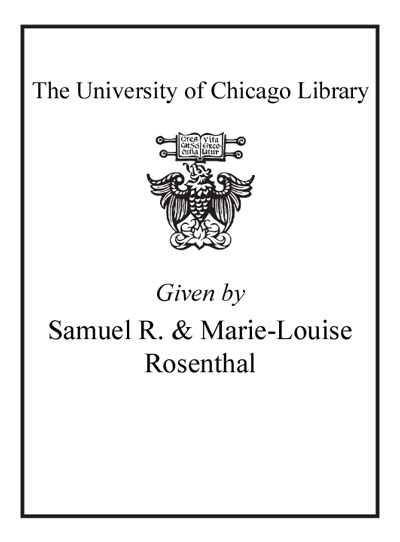Review by Choice Review
Published in Japanese over 40 years ago, Hasumi's seminal study of Ozu's films has finally been translated into English, providing a long-awaited response to the Orientalist takes on Ozu by Paul Schrader, Noël Burch, Donald Richie, and David Bordwell that have dominated the study of Ozu in the West. Hasumi (formerly, Univ. of Tokyo, Japan) provides a veritable catalog of themes drawn from the texture of lived experience. Ozu presents mundane activities in such a way as to create a re-perception of the everyday in terms of the extraordinary. Hasumi's discussion of "the shot of the vase" near the end of Late Spring, for example, recalls Viktor Shklovsky's notion that art's purpose is to defamiliarize, "to make the stone stoney." The meaning of the shot of the vase constantly shifts in response to its cultural and narrative context. Hasumi also attempts to capture what he terms the Ozu-esque film, i.e., the thematic landscape of his oeuvre as a whole. For Hasumi, "the thematic system ... comes to life as the movement of play of groupings of fragments" that "join together in complicity" to "play alongside one another on the surface of the visual field." Hasumi watches Ozu's films as they come to life. Summing Up: Highly recommended. Undergraduates through faculty, but especially general readers. --John Belton, emeritus, Rutgers, The State University of New Jersey, New Brunswick
Copyright American Library Association, used with permission.
Review by Choice Review

